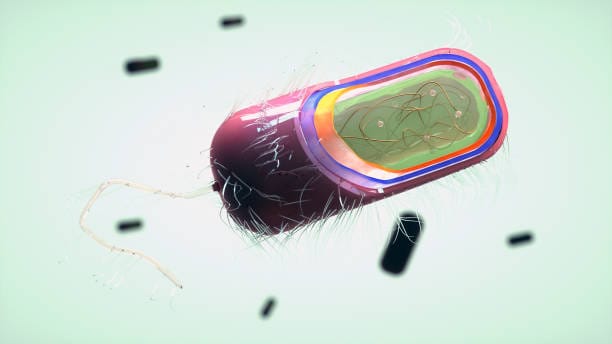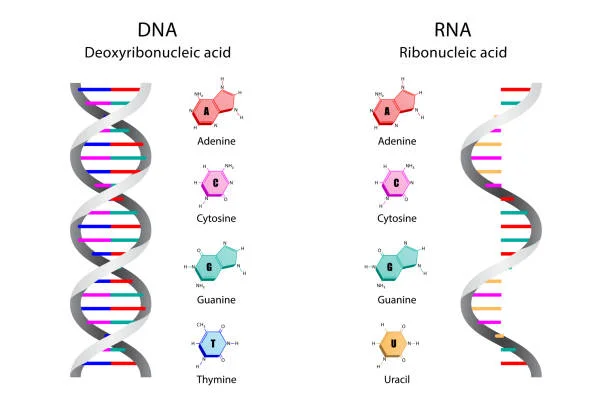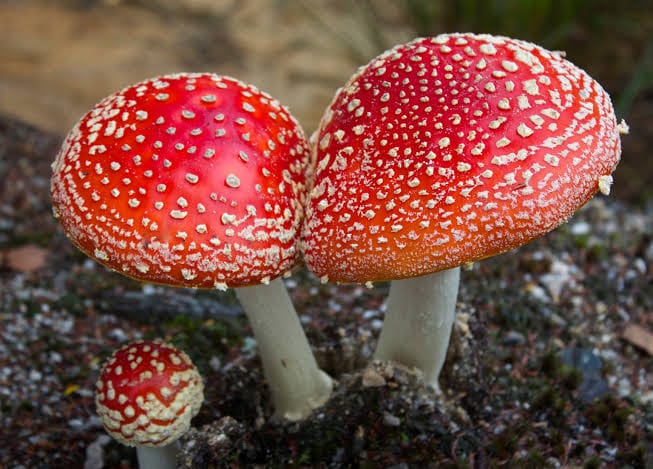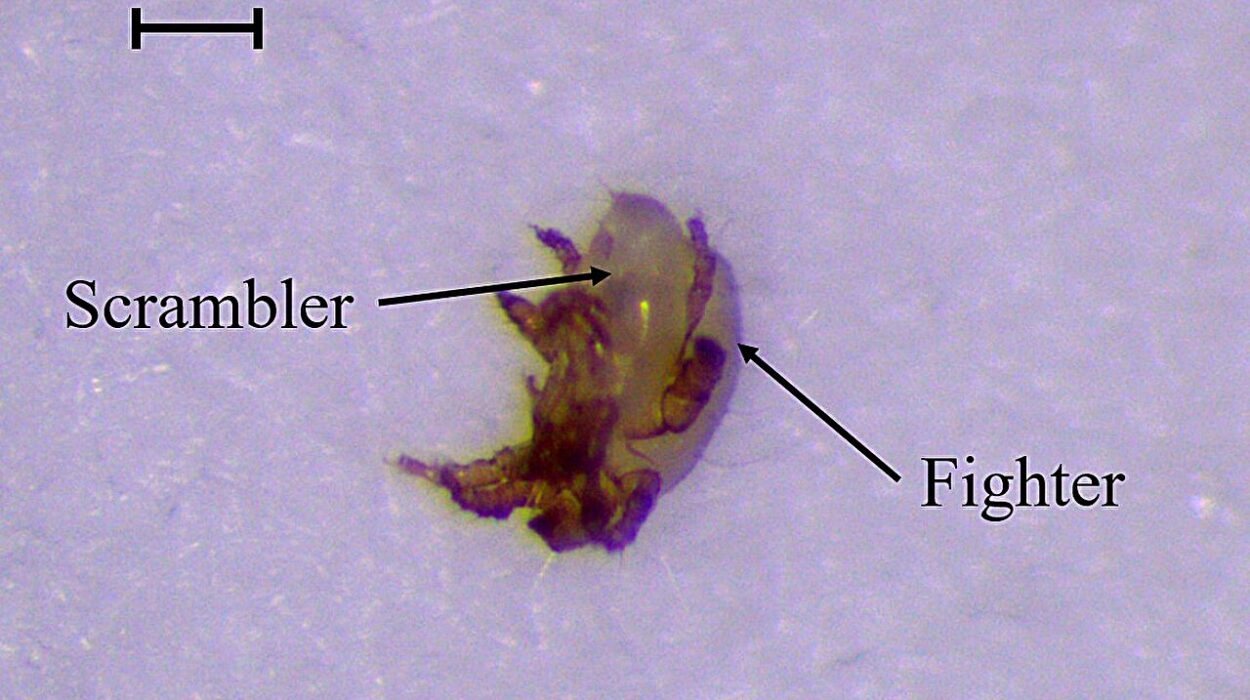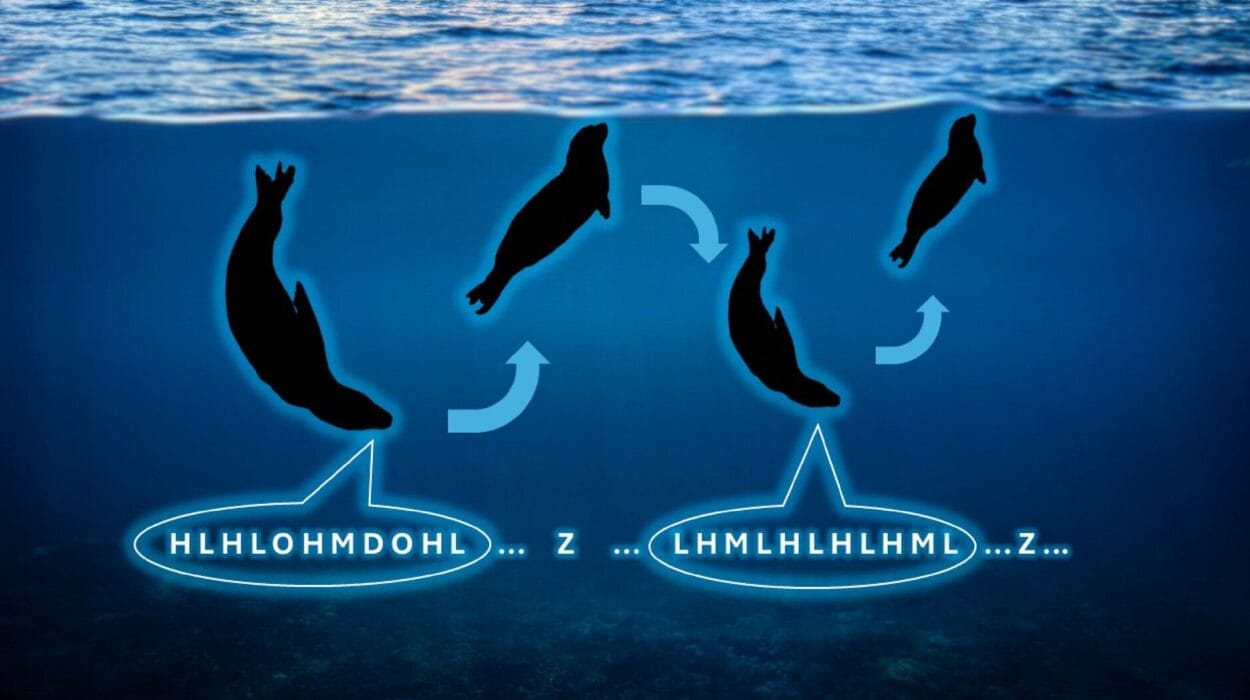For centuries, humans gazed through microscopes and believed they had discovered all there was to know about the tiniest forms of life. The microbial world—teeming with bacteria, protozoa, and algae—seemed like a well-mapped continent of biological simplicity. But in the late 20th century, scientists stumbled upon a group of organisms that defied all expectations. They looked like bacteria. They acted like bacteria. But genetically, they were something else entirely. These microscopic misfits—initially dismissed, overlooked, and misunderstood—were named archaea, and they would go on to rewrite the story of life on Earth.
It was as if a curtain had been pulled back on a hidden kingdom—one so ancient, so resilient, and so distinct that it challenged our very understanding of evolution and the architecture of life. Today, archaea are recognized not only as a third domain of life, alongside bacteria and eukaryotes, but as essential players in ecosystems, evolution, and perhaps even our own origins.
The Discovery That Shook Biology
The discovery of archaea didn’t happen with a bang. It began in the 1970s, when an American microbiologist named Carl Woese set out to classify life in a more precise way. Rather than rely on how organisms looked or behaved, Woese compared their genetic code—specifically the sequences of ribosomal RNA (rRNA), a molecule central to protein synthesis in all cells. What he found was astonishing.
Woese and his colleague George Fox were analyzing microorganisms that lived in extreme environments—boiling hot springs, salty lakes, and oxygen-free mudflats. These microbes, once assumed to be just weird bacteria, turned out to possess a form of rRNA so radically different from known bacterial sequences that Woese proposed they belonged to an entirely new branch of life. He named them Archaebacteria, a term later shortened to archaea to reflect their uniqueness.
Initially, the scientific community resisted this idea. To many biologists, the notion that life could be divided into three primary domains—Bacteria, Archaea, and Eukarya—was heretical. But as more evidence accumulated, it became undeniable. The tree of life was redrawn, and archaea were crowned as a fundamental domain of biology.
Not Just Extremophiles: Archaea in the Modern World
When archaea first emerged onto the scientific scene, they were most famously associated with extreme environments. Researchers found them thriving in boiling acid pools, under immense oceanic pressure, and in hypersaline salt flats where few organisms could survive. These so-called “extremophiles” were fascinating not just for their resilience, but for what they revealed about the limits of life.
But the idea that archaea existed only in such inhospitable places was a misconception. As microbiologists developed better techniques to sequence DNA from environmental samples, they began finding archaea in the most ordinary of places: oceans, soils, marshes, and even inside the human body. Today, we know that archaea are not rare outliers but widespread and vital components of ecosystems everywhere.
In the oceans, certain archaea play a major role in the nitrogen cycle, helping regulate global climate systems. Others form symbiotic relationships with other organisms, including humans, where they reside harmlessly in the gut. Their diversity is still being uncovered, and many scientists believe that the majority of archaeal species remain undiscovered.
The Shape of Simplicity: How Archaea and Bacteria Appear Alike
At a glance under the microscope, archaea and bacteria are virtually indistinguishable. Both are small—typically less than a few micrometers in size. Both lack a nucleus and membrane-bound organelles. Their DNA floats freely in the cytoplasm, and they reproduce by simple binary fission. These similarities once led scientists to lump archaea and bacteria together as “prokaryotes,” a term that means “before nucleus.”
But this superficial resemblance is misleading. While bacteria and archaea share a prokaryotic cell structure, their biochemistry, genetics, and molecular machinery are radically different. It’s like mistaking a shark for a dolphin because they both swim in the sea.
The differences between archaea and bacteria go far deeper than appearance—they’re embedded in the way their molecules are built, their genes are organized, and their enzymes function. And these differences reveal a divergence that likely occurred billions of years ago, deep in Earth’s primordial past.
Membranes That Defy the Norm
One of the most striking differences between archaea and bacteria lies in their cell membranes—the protective envelopes that surround and support all living cells. In bacteria, the membrane is made up of fatty acids attached to a glycerol backbone by ester bonds. Archaea, however, use a completely different chemical structure. Their membranes are made from isoprenoid lipids connected by ether bonds, which are far more stable under extreme conditions.
This unique membrane composition gives archaea incredible resilience. Ether bonds are resistant to heat, acid, and salinity, allowing archaea to thrive in boiling water, acidic springs, and salt-saturated environments. Some archaea even have monolayer membranes—a single continuous layer of lipids instead of the typical bilayer found in most organisms—offering added strength and stability.
These chemical differences are not trivial. They reflect a fundamental divergence in the way archaeal and bacterial life evolved, and they challenge long-held assumptions about what a cell “should” look like.
Molecular Machinery: More Like Us Than We Realized
Perhaps the most surprising discovery about archaea is how much their internal workings resemble those of eukaryotes—organisms like plants, fungi, and animals, including humans. While archaea look like bacteria on the outside, their genetic and molecular systems are more akin to those found in complex, multicellular life.
For example, archaeal RNA polymerase—the enzyme responsible for transcribing DNA into RNA—is much more similar to that of eukaryotes than to bacteria. The way they process their messenger RNA, organize their chromosomes, and even replicate their DNA all bear strong resemblance to our own cells.
This unexpected kinship suggests that eukaryotes may have evolved not from bacteria, but from an ancient archaeal ancestor. In fact, a groundbreaking theory known as the “two-domain hypothesis” proposes that eukaryotes emerged from a symbiotic relationship between an archaeal host and a bacterial endosymbiont (which later became the mitochondrion). This idea places archaea not just on a separate branch of the tree of life—but at the root of our own existence.
The Genetic Code Rewritten
Genetically, archaea differ from bacteria in more ways than one. Their genomes, though circular like bacterial DNA, contain genes that code for proteins more similar to those found in eukaryotes. They also possess unique genes not found in any other organisms, and often use alternative genetic codes or modified amino acids.
Some archaea have the ability to generate energy through methanogenesis—a metabolic process that produces methane. This capability is entirely unique to archaea and has major ecological implications. Methanogenic archaea live in environments like swamps, sewage systems, and the guts of ruminant animals, where they help break down organic matter and release methane gas. While this process contributes to greenhouse gas emissions, it also plays a crucial role in carbon cycling and energy production in anaerobic ecosystems.
Evolutionary Enigmas and Origin Stories
The discovery of archaea has not only expanded the tree of life—it has also raised profound questions about life’s origins. For decades, the origin of eukaryotic cells—the complex cells that make up animals, plants, and fungi—was one of biology’s biggest mysteries. But archaeal biology has begun to provide answers.
Recent discoveries, particularly the isolation of the “Asgard archaea” from deep-sea sediments, have fueled the hypothesis that eukaryotes evolved from a lineage within the archaea. These Asgard archaea possess genes once thought to be unique to eukaryotes, including those involved in membrane remodeling, cell division, and intracellular transport.
According to this view, an ancient archaeal cell may have engulfed a bacterium capable of aerobic respiration, forming a stable symbiotic partnership. Over time, this internalized bacterium became the mitochondrion, and the host archaeon evolved into the first eukaryote. If this theory holds true, it would mean that every plant, animal, and human is descended from a single archaeal ancestor—a silent architect of complexity.
Life on the Edge—and Possibly Beyond
Archaea are masters of survival, and their ability to inhabit extreme environments has made them prime candidates in the search for life beyond Earth. On Mars, Europa, or the subsurface oceans of Enceladus, where conditions resemble the deep-sea vents and icy brines archaea call home, these microbes offer a glimpse of what alien life might look like.
Astrobiologists study extremophilic archaea to understand how life might arise and persist on other planets. Their metabolism, resilience to radiation, and tolerance to high pressure and temperature make them the best models we have for imagining extraterrestrial organisms.
But archaea don’t just offer hope for finding life elsewhere—they also remind us that life is more adaptable, more inventive, and more diverse than we ever imagined.
The Human Connection
Though they often go unnoticed, archaea are part of us. They live in our intestines, helping to process nutrients and maintain gut health. Unlike many bacteria, archaea in the human microbiome don’t cause disease. In fact, they might play protective or beneficial roles still being discovered.
As research into the human microbiome expands, scientists are beginning to appreciate the importance of archaea in health and disease. Some studies suggest that imbalances in archaeal populations may be linked to digestive disorders or metabolic conditions. Understanding these ancient companions may one day lead to novel therapies and probiotics.
Moreover, archaeal enzymes have already become valuable tools in biotechnology. Their heat-stable DNA polymerases are used in PCR (polymerase chain reaction), a cornerstone of molecular biology and genetic testing. As our understanding of archaea deepens, so too does our ability to harness their unique traits for medicine, industry, and environmental science.
A Universe in a Cell
To study archaea is to confront the complexity and beauty of biology in its purest form. These small, often invisible organisms challenge our assumptions about what life is and how it works. They remind us that simplicity on the outside can conceal breathtaking sophistication within.
Archaea are not just biological curiosities. They are the key to understanding evolution, ecology, and even the possibilities of life beyond Earth. Their story is still unfolding, written in the language of genes, enzymes, and metabolic pathways—but also in the awe and wonder of the scientists who study them.
We once believed the microbial world was a flat, simple landscape. But archaea have shown us that it is in fact a mountainous terrain of hidden kingdoms, ancient lineages, and untold possibilities. And somewhere, in a deep-sea vent or the soft curve of your gut, they continue their ancient dance—whispering secrets from a time when the Earth was young.
